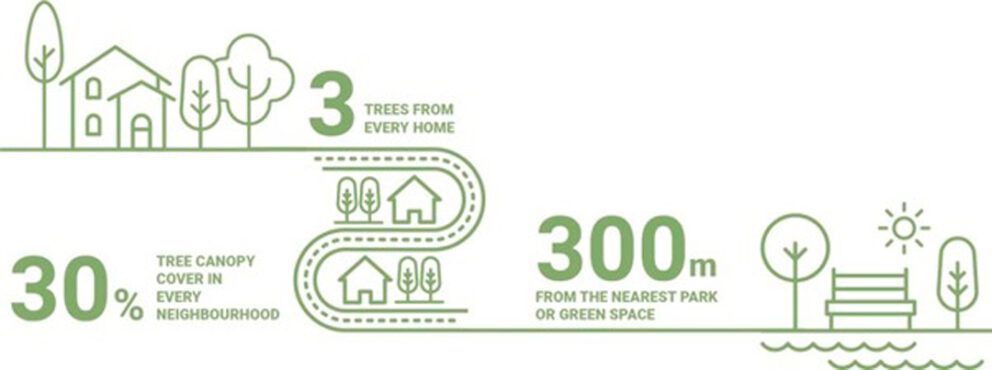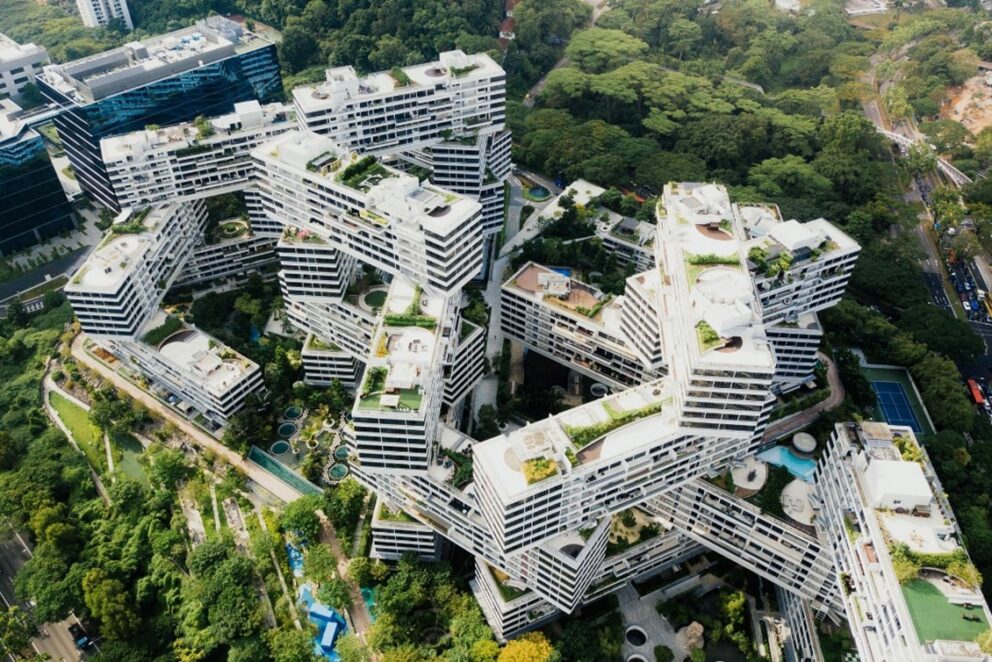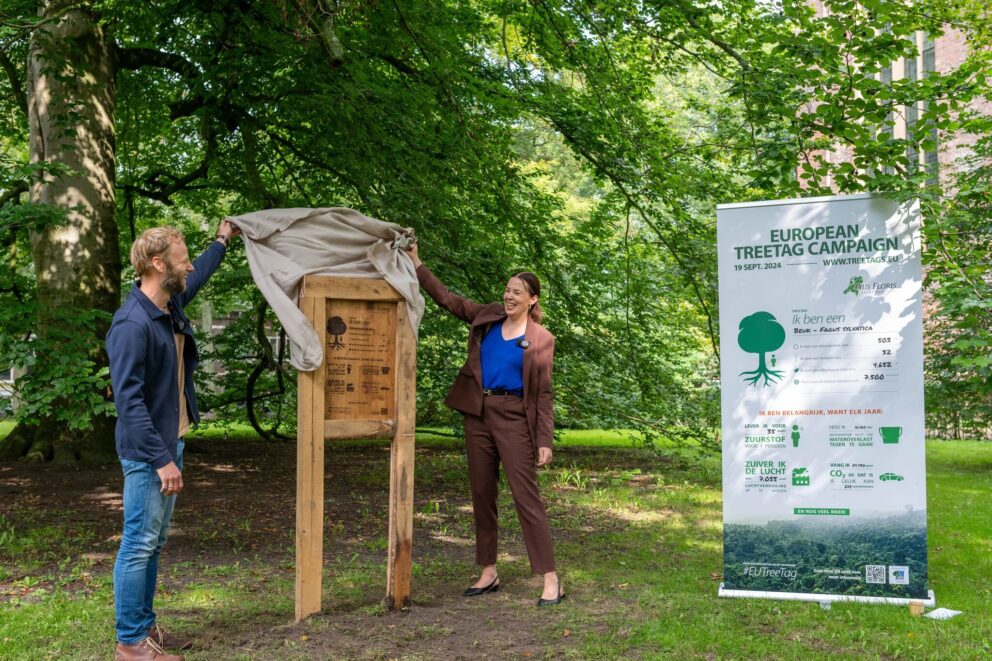In the hustle and bustle of urban life, the role of green spaces in fostering mental health and overall well-being is increasingly recognized. Cecil Konijnendijk's visionary 3-30-300 rule stands as a beacon, guiding cities towards greener, healthier futures. This rule sets forth three essential criteria for optimal well-being: a visual connection with at least three trees, a 30% tree canopy cover in residential areas, and access to a significant green space within 300 meters.
Understanding the 3-30-300 Rule
The “3-30-300” rule captures a profound understanding of the symbiotic relationship between urban environments and nature. It advocates for:
Three Trees from Every Home: Citizens should see at least three trees from their homes, workplaces, or places of learning. The research underpinning this component highlights the pivotal role of visible greenery in promoting mental health and overall well-being.
30 Percent Tree Canopy Cover in Every Neighbourhood: Research establishes a direct link between urban forest canopy cover and benefits such as including cooling effects, improved microclimates, and enhanced mental and physical health. The rule recommends a minimum of 30% tree canopy cover at the neighbourhood level, with an encouragement to strive for even higher.
300 Meters from the Nearest Park or Green Space: Proximity and easy access to high-quality green spaces are deemed crucial for recreation and overall well-being. The rule suggests a maximum distance of 300 meters to the nearest green space, aligning with guidelines from the European Regional Office of the World Health Organization.
Beyond the Presence of Green Space
While the 3-30-300 rule emphasizes the importance of having green spaces nearby, emerging studies suggest that the benefits extend beyond mere proximity.
The simplicity and effectiveness of the 3-30-300 rule have gained the interest from cities and organizations globally. Beyond being a communication tool, it serves as a benchmark for cities to monitor and progress in their journey towards greener urban environments. The adoption of this rule encourages cities to not only maintain but also expand their local urban forests, promoting health, well-being, and resilience.
Challenges and Considerations
As urban areas evolve, the 3-30-300 rule provides a flexible yet impactful framework, ensuring that nature is a fundamental part of residents’ daily lives. However, its application may pose challenges in different contexts. Each city’s uniqueness demands a nuanced approach. The needs of lower-density suburban areas differ from those in denser urban areas, needing thoughtful planning and implementation.
The Importance of More Green Spaces
An eye-opening study conducted in Barcelona reveals the reality of limited green spaces in urban areas. Despite the evident positive effects on mental health, only a small percentage of people met the 3-30-300 green space rule. The study highlights the urgent need to provide more green spaces to citizens, advocating for initiatives that transform asphalt-covered areas into vibrant green spaces. This not only improves health but also addresses issues like the heat island effect and contributes to CO2 sequestration. Increasing tree coverage to 30% in European cities could reduce deaths linked to urban heat island effect.
In the urban paragraph (article 6.2) of the provisional deal on the EU Nature Restoration Law, reads that member states shall achieve an increasing trend in the total national area of urban green space till a satisfactory level is reached. European Landscape Contractors Association is making an orientation on green standards that could help to define the satisfactory level. The 3-30-300 rule is one of these standards.
The 3-30-300 rule emerges as a transformative concept, emphasizing the essential role of green spaces in our lives, particularly for mental well-being. Moving forward, it is crucial to consider not only the quantity but also the quality and use of green spaces to maximize their benefits.
The lesson is clear: green spaces are not a luxury but a necessity for creating healthier and happier cities. The 3-30-300 rule serves as a guiding compass, pointing towards a future where urban landscapes are not just concrete jungles but thriving ecosystems, fostering the well-being of all who call them home.
Read more here:






